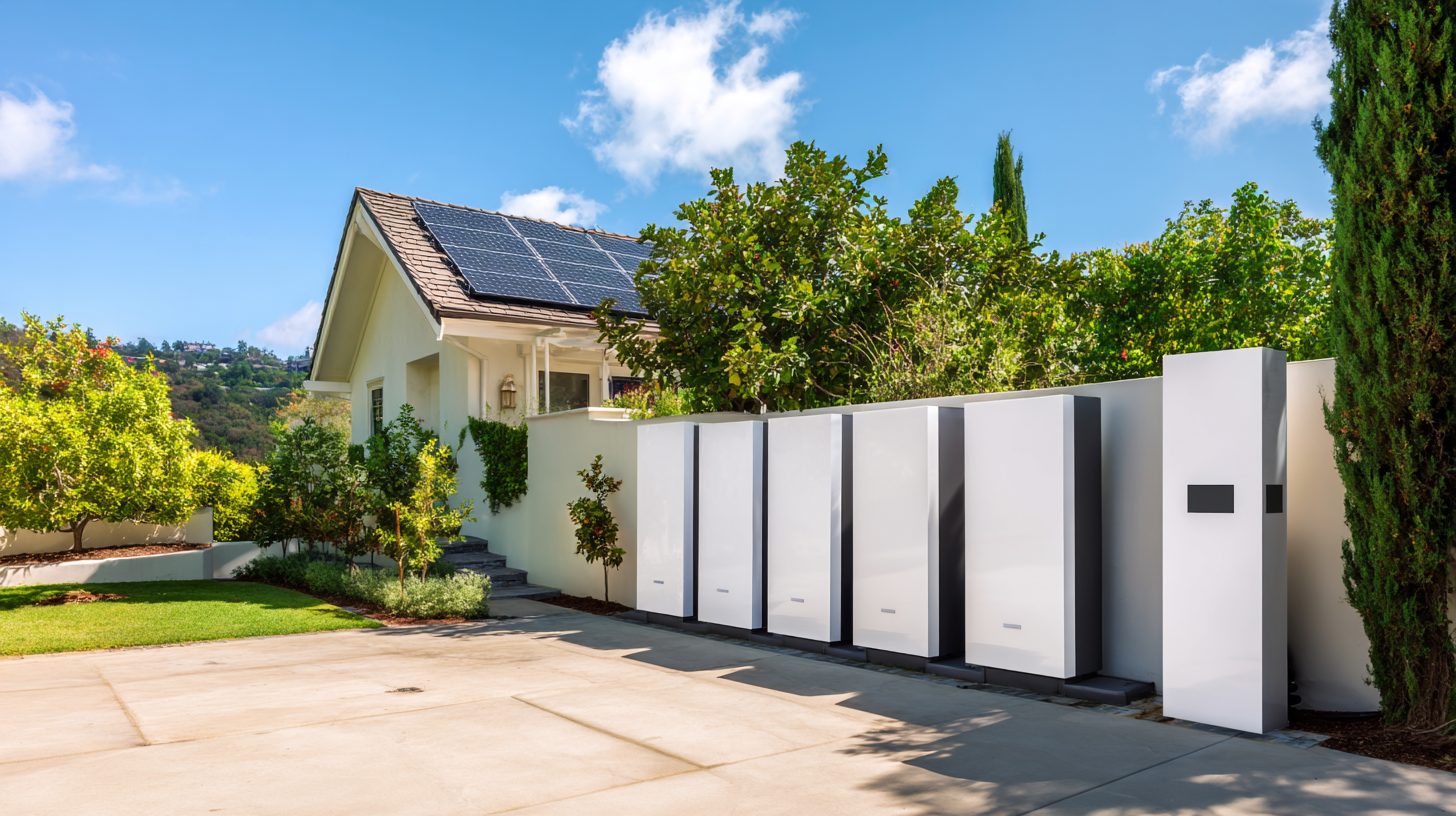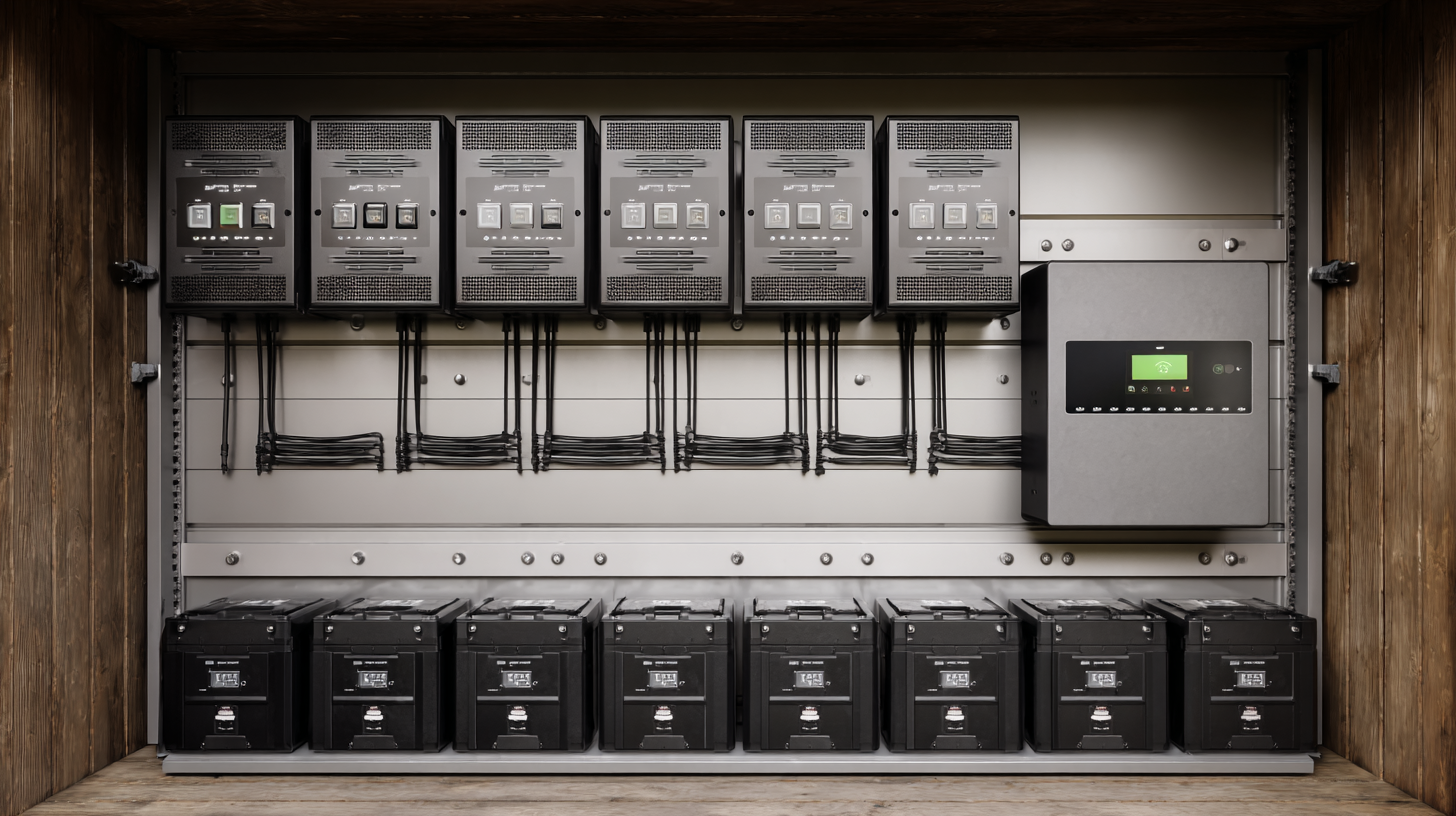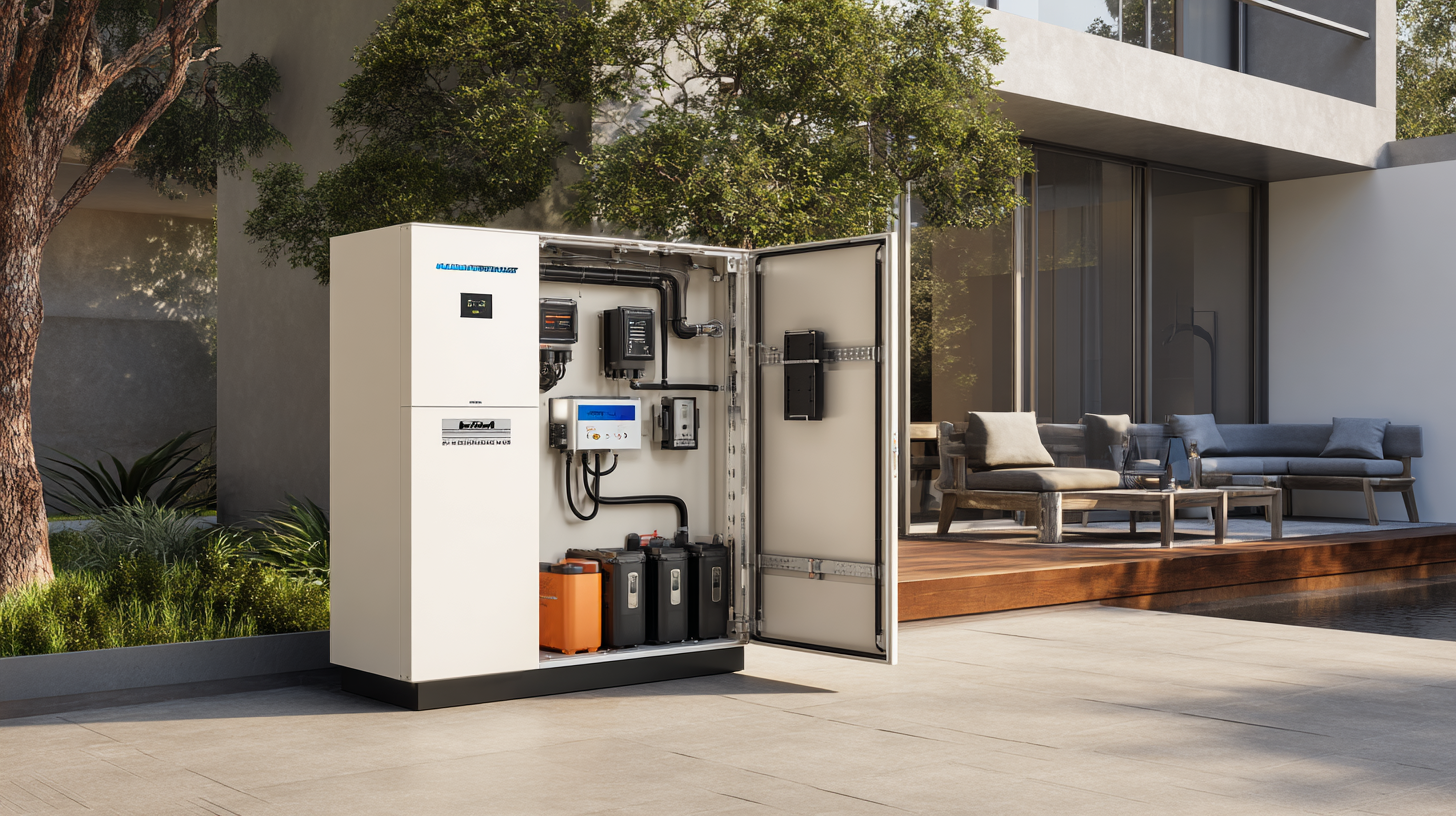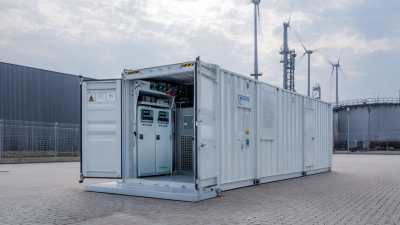In an era where energy consumption is skyrocketing and renewable energy sources are gaining traction, the implementation of a 10kw Battery Storage system has never been more crucial. According to the International Energy Agency (IEA), global battery storage capacity is projected to reach over 200 gigawatt-hours (GWh) by 2030, largely driven by advancements in technology and decreasing costs. This shift indicates a growing recognition of the critical role battery systems play in optimizing energy use and enhancing sustainability.
A 10kw Battery Storage system not only supports energy independence by minimizing reliance on the grid, but it also acts as a buffer against fluctuating energy prices. As noted in a report by Wood Mackenzie, the cost of lithium-ion battery systems has dropped by 89% since 2010, making them increasingly accessible for residential and commercial use. By investing in such a system, consumers can capitalize on lower electricity rates during off-peak hours while harnessing solar energy for use when the sun isn’t shining.
In conclusion, the integration of a 10kw Battery Storage system provides an opportunity to significantly reduce energy costs, enhance energy resilience, and contribute to a more sustainable future. With the industry moving towards innovative solutions, now is the time for both homeowners and businesses to consider this investment as a strategic step towards energy efficiency and fiscal responsibility.

Investing in a 10kW battery storage system offers significant benefits for achieving energy independence. With such a system, homeowners can store excess energy generated from renewable sources, such as solar panels, and use it during peak demand times or power outages. This capability not only enhances the reliability of energy supply but also allows individuals to break free from the unpredictability of utility rates. By harnessing stored energy, users gain control over their consumption and can effectively reduce or eliminate their reliance on the grid.
Moreover, a 10kW battery storage system promotes sustainable living by minimizing carbon footprints. By maximizing the utilization of renewable energy, homeowners contribute to a cleaner environment and demonstrate a commitment to reducing reliance on fossil fuels. This transition not only supports personal energy needs but also fosters a broader shift towards a more resilient and sustainable energy infrastructure. As communities embrace energy independence, the ripple effect can lead to enhanced energy security and a collective effort in combating climate change.
| Benefit | Description | Expected Savings ($/year) | Payback Period (years) |
|---|---|---|---|
| Energy Independence | Reduces reliance on grid electricity, providing control over energy sources. | 1,200 | 5 |
| Cost Efficiency | Lower utility bills through stored energy use during peak hours. | 800 | 6 |
| Environmental Impact | Supports the use of renewable energy sources, reducing carbon footprint. | N/A | N/A |
| Backup Power | Provides a reliable backup during outages, ensuring essential devices remain powered. | 1,500 | 4 |
| System Longevity | Increases the overall lifespan of home energy systems, delaying upgrades. | 600 | 7 |
Investing in a 10kW battery storage system is not just about enhancing energy efficiency; it's also a financially savvy move in today’s evolving energy landscape. The rise of energy-independent homes marks a significant trend where consumers seek to control their energy costs and reduce dependence on the grid. According to recent data, battery storage capacity deployment has accelerated globally, reflecting an urgent need for flexible and dispatchable energy solutions. In regions like the UK and EU, energy storage systems have become a viable mechanism to balance supply and demand, though financial challenges remain.
Tips: Assess local incentives before purchasing a battery system. Government subsidies, like recent programs in Australia, can offset initial costs and improve return on investment.
The financial advantages of battery storage investment extend beyond personal savings. As Japan transitions from lithium to sodium batteries, they highlight the growing importance of energy storage in ensuring supply chain resilience while achieving carbon neutrality. The shift promises not only environmental benefits but also economic growth, driven by modern technologies and advanced energy management systems. As the renewable energy industry evolves, organizations must navigate tax implications and seize opportunities to invest wisely in this burgeoning sector.
Tips: Research the latest tax incentives and financial programs available for energy storage investments in your area to maximize benefits.

A 10kW battery storage system significantly enhances home energy efficiency by enabling homeowners to manage their energy consumption more effectively. According to the U.S. Department of Energy, energy storage can reduce reliance on the grid, particularly during peak periods when electricity rates are highest. By storing excess energy generated during the day—especially from solar panels—homeowners can rely on their battery systems in the evenings or during outages, ultimately saving money on electricity bills and enhancing energy independence.
Furthermore, a report from the National Renewable Energy Laboratory indicates that homes equipped with energy storage capabilities can achieve an energy savings of up to 30% on their annual utility costs. These systems not only optimize energy usage but also contribute to a more resilient grid. By stabilizing supply and demand, 10kW battery systems play a crucial role in integrating renewable energy sources, thus facilitating a cleaner and more sustainable energy ecosystem. Investing in such technology not only benefits individual homeowners but also supports a larger transition towards renewable energy resilience in communities.
Investing in a 10kW battery storage system significantly enhances the utilization of renewable energy, particularly in maximizing solar energy efficiency. Recent advancements have shown that integrating smart technology with solar energy generation and battery systems can lead to a dramatic increase in electricity storage capabilities. For instance, systems that combine solar power with battery storage are setting new benchmarks, as seen in recent installations that not only maximize renewable energy use but also improve grid safety and reliability.
According to industry experts, effective battery storage systems are essential for balancing power output and stabilizing grid frequency. They emphasize that these systems can significantly reduce electricity costs by implementing peak shaving strategies, which enable businesses and homeowners to manage demand charges effectively. Furthermore, detailed studies support the notion that combining battery storage with renewable sources like solar and offshore wind can enhance overall grid stability, paving the way for a more resilient energy future. By investing in battery storage technology, users not only contribute to an eco-friendly energy landscape but also reap economic benefits through reduced energy expenditures.
This chart illustrates the energy utilization from different sources when using a 10kW battery storage system. It highlights the benefits of maximizing renewable energy, demonstrating how much energy can be efficiently harnessed from solar, grid, and battery sources.
As smart homes become increasingly popular, the role of energy management is critical in ensuring sustainability and efficiency. A 10kW battery storage system is not only a smart investment but also a means of future-proofing your energy needs. This system allows homeowners to store excess energy generated from renewable sources, such as solar panels, for later use. By leveraging this stored energy, homeowners can reduce their reliance on the grid, minimize energy costs, and even contribute to a more stable energy ecosystem.

Incorporating a 10kW battery into your home energy strategy also enhances the overall resilience of your energy supply. During peak demand times or unexpected outages, the battery can provide a seamless power source, ensuring that essential appliances and systems remain operational. Moreover, as technology advances, these batteries are becoming smarter themselves, integrating with home automation systems to optimize energy usage based on real-time consumption patterns and forecasts. Investing in a 10kW battery storage system not only addresses current energy demands but also positions homeowners to capitalize on future advancements in energy technology.





